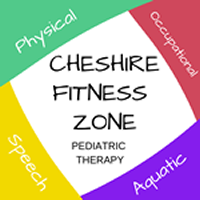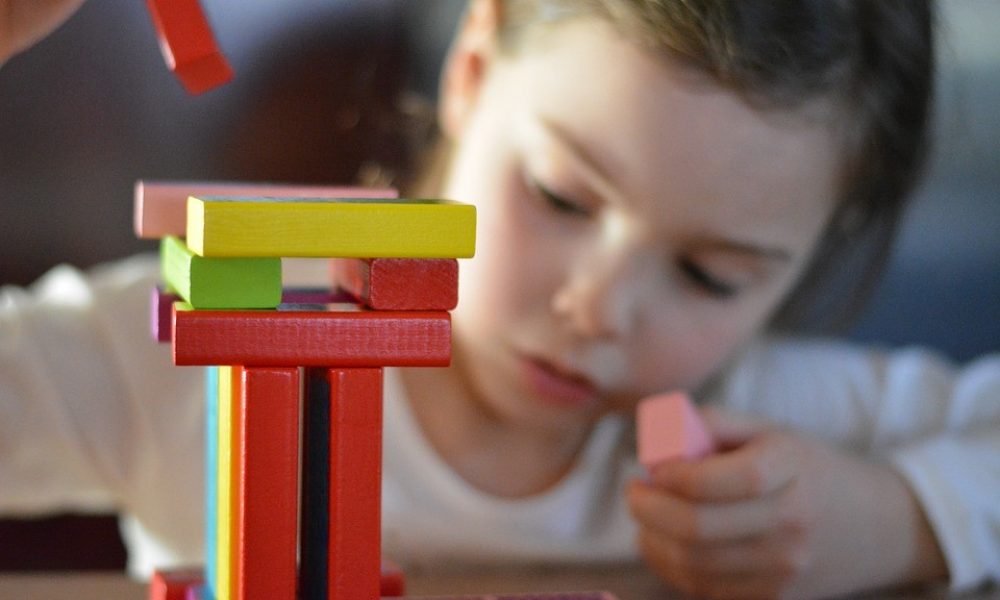As the parent of a child with a sensory processing disorder, you likely understand how important it is to provide a soothing and stimulating atmosphere where your child feels safe and invited. Sensory rooms are a great way to offer this level of comfort and help them to strengthen their senses in an environment that’s beneficial to their needs.
Sensory processing disorders are commonly seen in those with developmental conditions like autism spectrum disorder. They can make the individual overly sensitive to various things in their environment related to their senses. Things like normal sounds of a door slamming for example, or the touch of a fabric against the skin can evoke extreme emotions, or no response at all.
In a sensory room, children gain access to a therapeutic space that helps them to learn how to engage with different senses in a space where they are safe. While a pediatric therapy gym can be a great place to help get kids active and growing, there are also ways to offer support at home with a room that is relaxing and calming for your child.
Here are some tips for building a sensory room in your home.
Planning Your Space
Even though the name suggests it is an entire room of sensory items, you don’t need an entire room if you don’t have the space, you can use the portion of a room or some homemade sensory items that you pull out at dedicated “play” time from the closet. Find what works for you and your family. Deciding what your space will include should be based on your child’s specific sensory needs. If they have the most issues with sound and touch, then your space should focus on solutions that work on those areas.
DIY Ball Pit
Ball pits are a great therapeutic tool for sensory needs. In addition to helping kids relax and learn to play, the balls in the pit offer children with tactile sensory stimuli and proprioceptive feedback that strengthens their sensory motor skills. To make your own, you can use an inflatable or plastic pool with higher walls and filled with hallow, multi-color balls.
Sensory Lighting Ideas
Setting the mood of a sensory room with the right lighting is key. Different types of lighting can change the experience by providing a stimulating, engaging and calming effect. Colors like blue have shown to improve calmness and can even spur creativity. Consider a light dimmer, changing the lightbulb colors or even using a lava lamp or string of Christmas lights to promote relaxation.
Picking up Scents
Some ideas for easily incorporating scents into the space include using an aroma diffuser with different therapeutic scents or incorporating a few drops of an essential oil into some homemade clay your child will be playing with and even just allowing them to smell the different scents from a cotton ball as a way to help them explore new scents.
There are a number of different ways to add sensory exploration to the home environment. It’s easy to locate a plethora of ideas to try by doing a search online or feel free to chat with one of our therapists for ideas.
At Cheshire Fitness Zone we have a physical therapy gym with a full array of exercise equipment biomechanically designed to fit children as well as a 32 foot long rock climbing wall. Our occupational therapy space features two sensory gyms and two fine motor rooms. Get in touch today!



